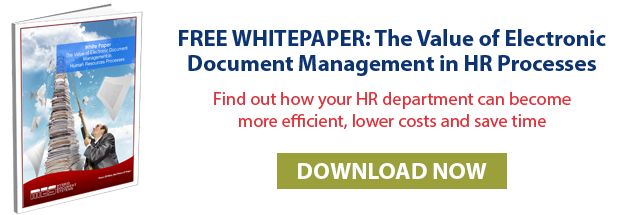 As an employer, you want staff to have a clear understanding of what you expect of them in this position. After all, time is money. The more time your employees spend trying to figure out what they should be doing, the more money-making opportunities are being put on hold. Businesses have lost billions due to employees failing to understand their tasks and, as a result, short-term career transitions have increased. An effective onboarding process involves providing employees with the necessary tools to prepare them to start, and it also reduces the time spent filling out paperwork.
As an employer, you want staff to have a clear understanding of what you expect of them in this position. After all, time is money. The more time your employees spend trying to figure out what they should be doing, the more money-making opportunities are being put on hold. Businesses have lost billions due to employees failing to understand their tasks and, as a result, short-term career transitions have increased. An effective onboarding process involves providing employees with the necessary tools to prepare them to start, and it also reduces the time spent filling out paperwork.
Document Your Plan
If you plan to have a seamless employee onboarding process, have it written down. This process will be repeated and can be complicated further if there isn't a detailed method you can follow and communicate with others.
Onboarding processes include tasks such as creating email accounts, providing social media access, getting phone numbers, identifying essential training resources, and configuring physical workspaces. It helps to have all this noted with details. That way, there is consistency in implementing your plan as supposed to you scrambling for ideas and confusing new hires.
The First Day and Orientation
 Before your employee walks in the door, get as much paperwork out the way as possible. The last thing you want in the initial stages is the person you're hiring to be signing stuff left and right. You want to maintain the enthusiasm and desire your new employees showed the day you hired them. Get as much documentation as possible out the way beforehand.
Before your employee walks in the door, get as much paperwork out the way as possible. The last thing you want in the initial stages is the person you're hiring to be signing stuff left and right. You want to maintain the enthusiasm and desire your new employees showed the day you hired them. Get as much documentation as possible out the way beforehand.
Make the first day feel special and important while allowing your newest colleague to adjust to new surroundings. Furthermore, you should engage the recruit in a formal, participatory orientation process. During orientation, you'll convey your company's core values and objectives and how your new hire fits into them. Offer as much clarity as you can regarding roles, goals, timelines, and responsibilities, so your employee's comfort level improves.
Implement Technology
Take as much paper out of the equation as you can. Allow your human resources department and new employees to use electronic means, such as Enterprise Content Management (ECM) software, as opposed to extensive paper processes. You will save time, resources, and energy by going as paperless as possible.
Involve Stakeholders in Planning
If you're automating the onboarding process, you can't do it alone. Given how busy much of the onboarding period can be, it's important that stakeholders have an idea of how it will be implemented. Holding key stakeholder meetings can create a more responsive and transparent onboarding process. Once automation is done, the workflow will improve.
Set Milestones
Goal-setting is a useful measure to monitor employee progress. Use milestones of 30, 60, 90 or 120 days, as well as up to one-year post-organizational entry to evaluate how the newest hire is performing. All documentation used during each checkpoint should be easy to complete, transparent, and paperless.

